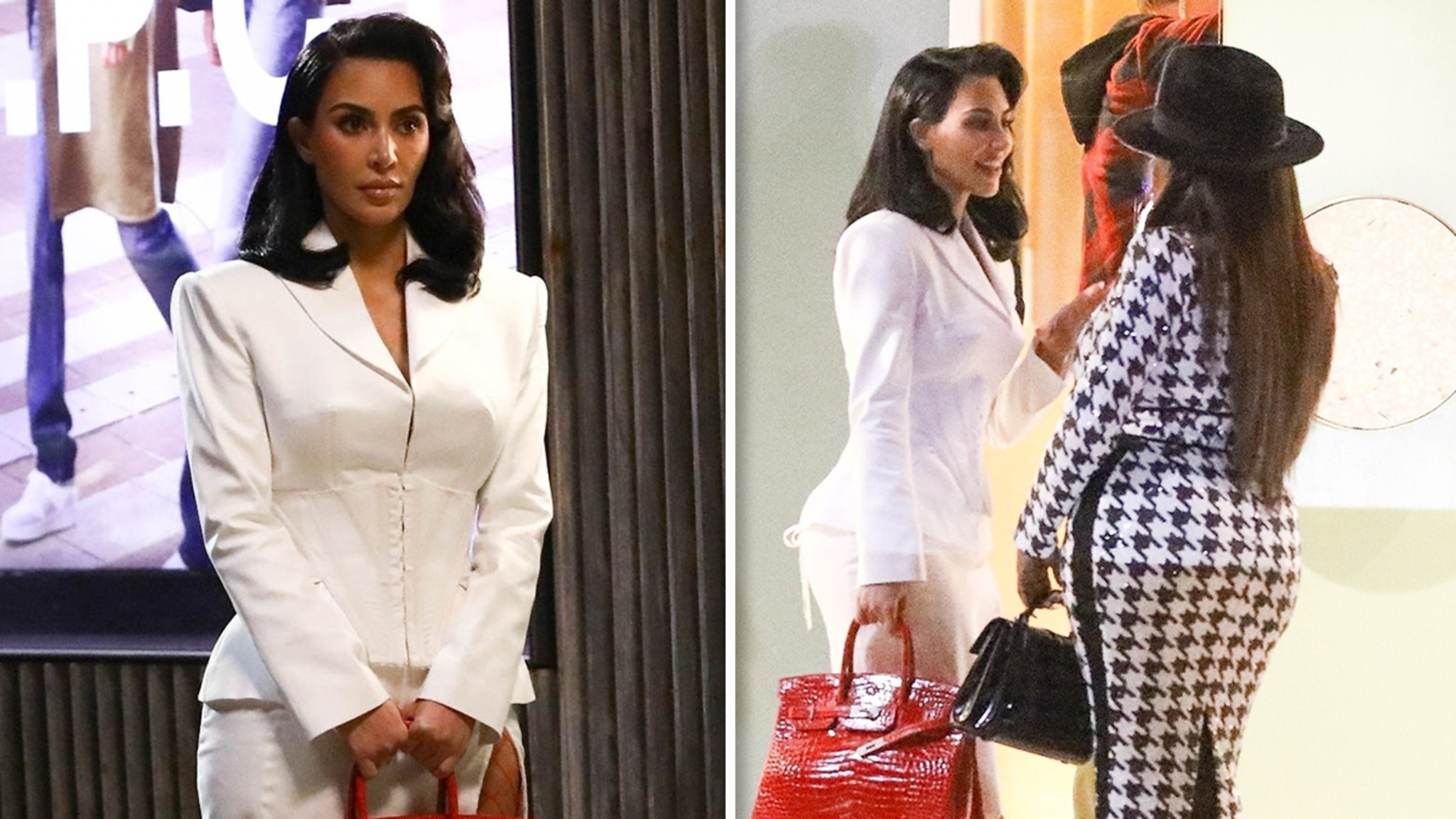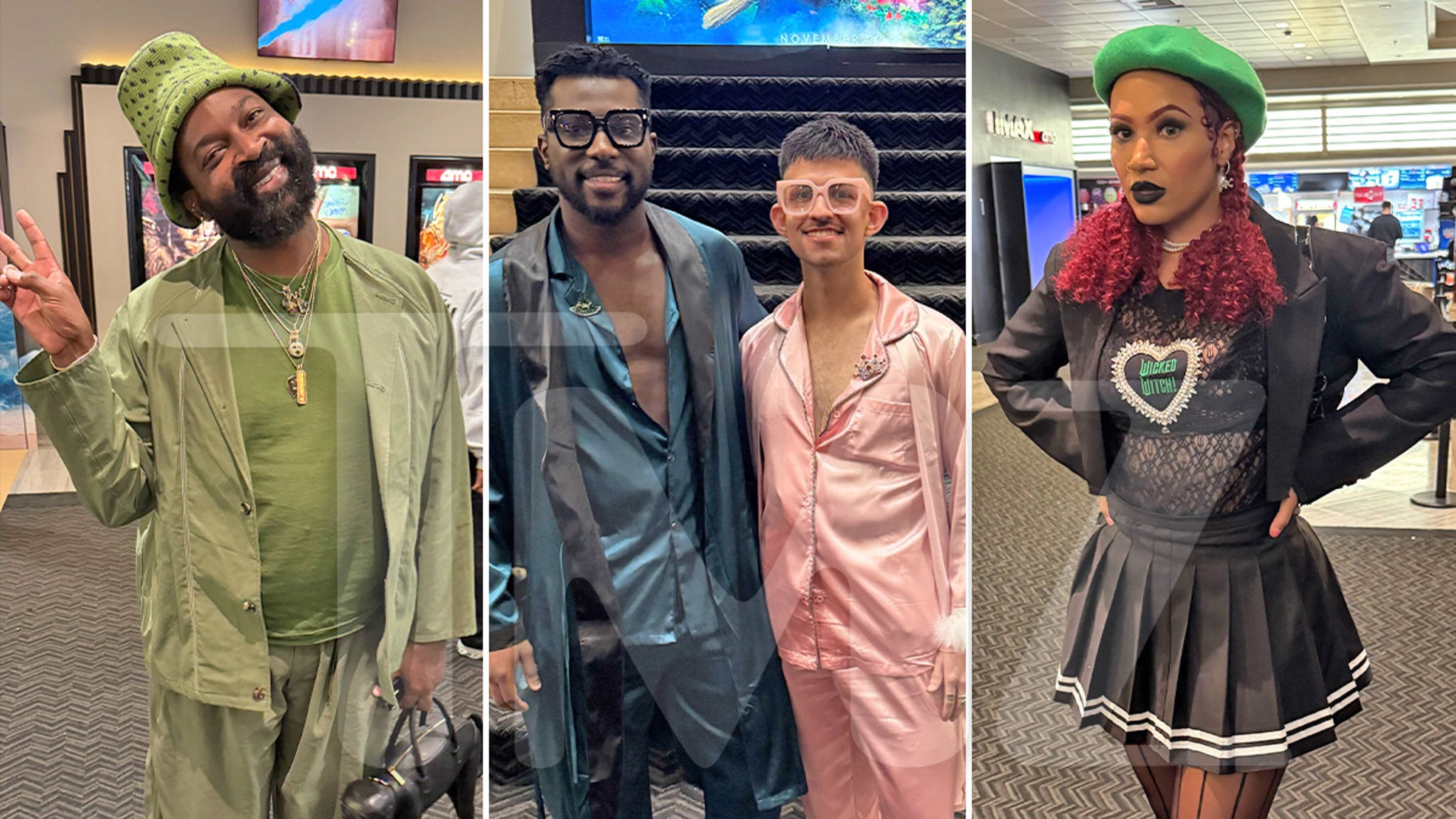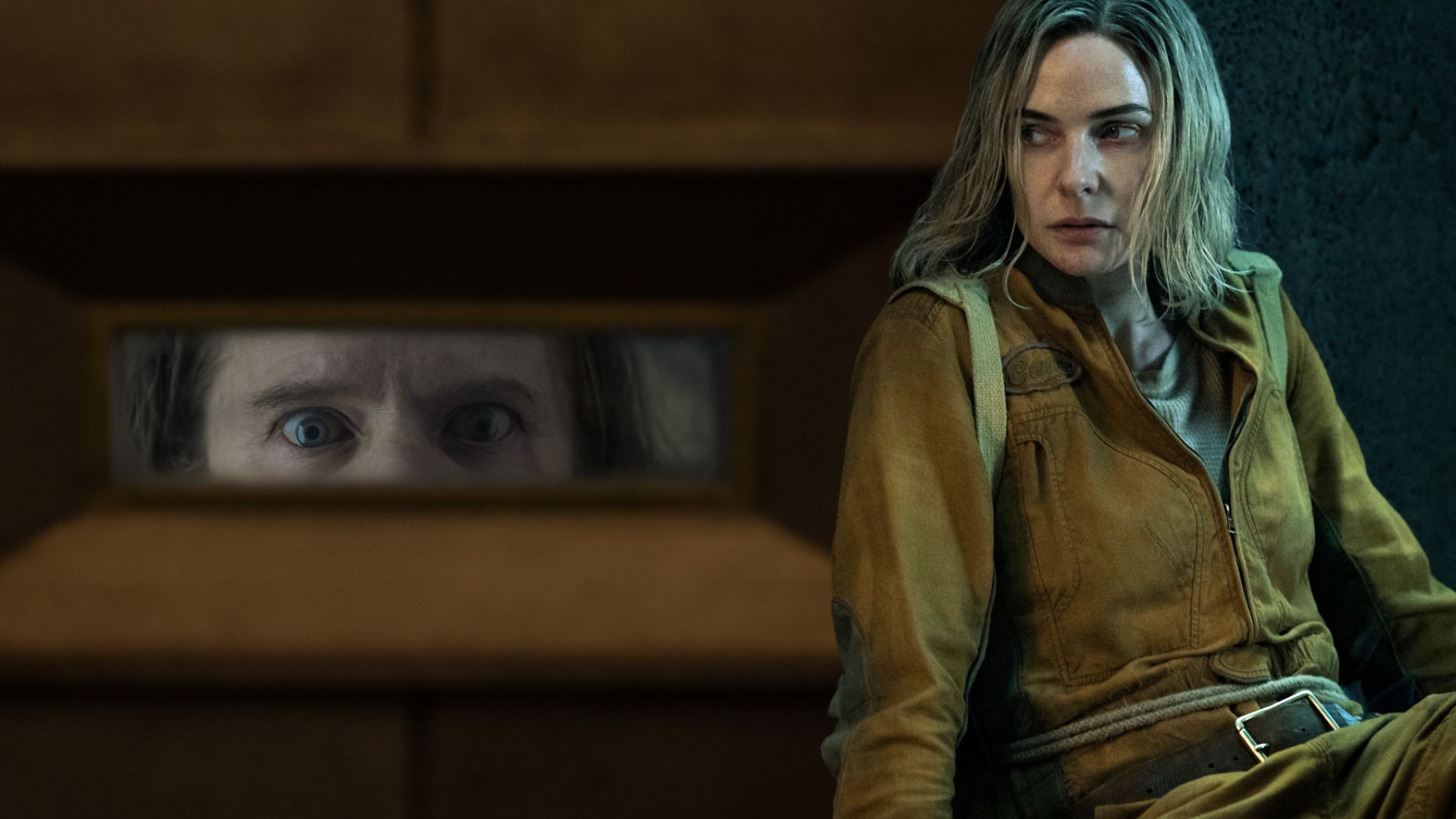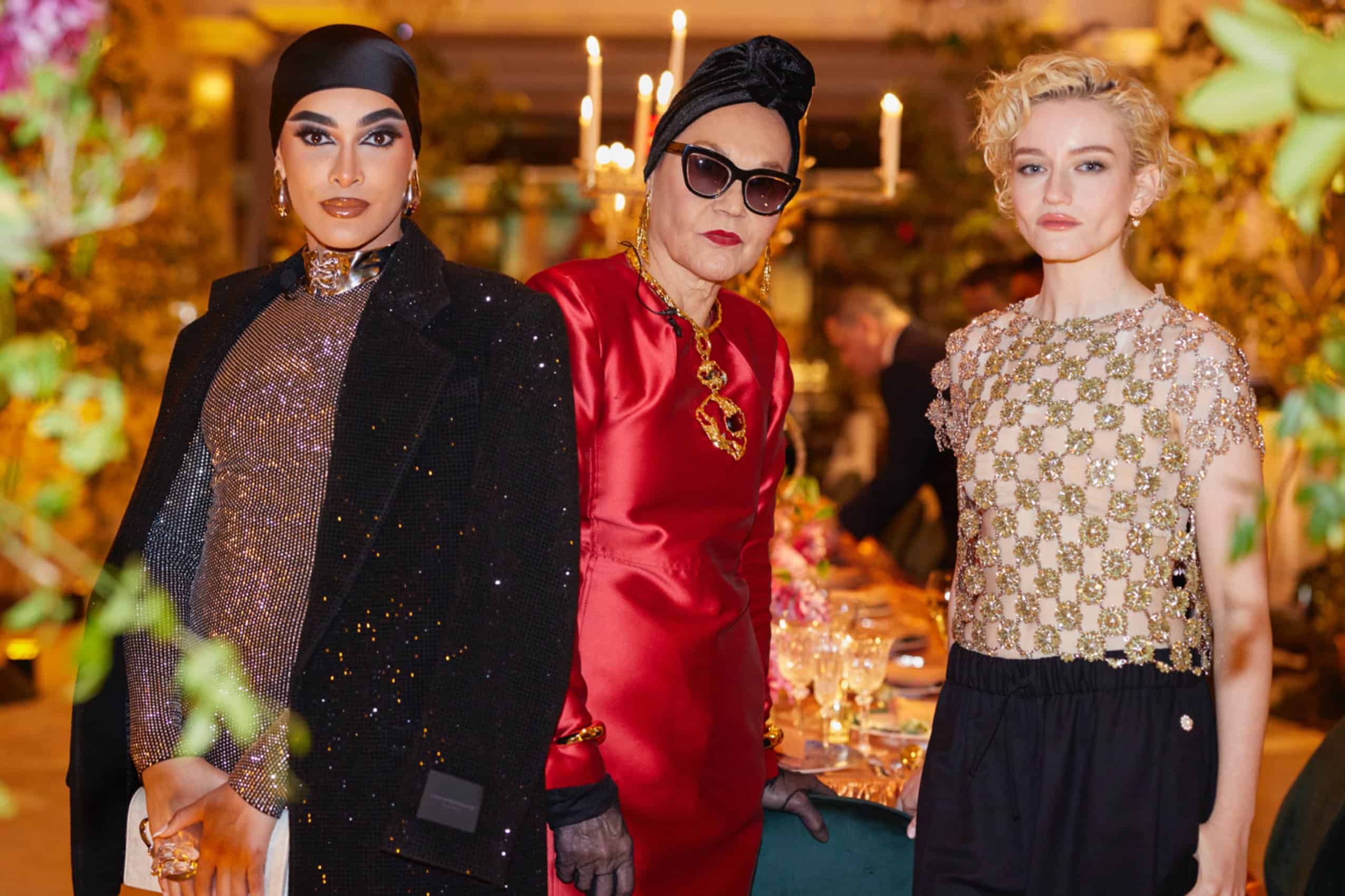But Gemma isn’t a motherly type. She’s too busy with work to spend much time with Cady, for one. And although she works for a toy company, she keeps her toys—sorry, collectibles—in their boxes and on a shelf in her living room. But these two are now the only family the other one has. So they’ll have to learn to live together, at least well enough to satisfy a court-ordered psychiatrist who’s skeptical about Gemma’s parenting abilities.
Enter M3gan, who seems like the perfect solution to Gemma’s problem. An experimental prototype with a “Short Circuit“-style ability to memorize infinite amounts of information, M3gan can act as a teacher and babysitter who reminds Cady to use a coaster and wash her hands after using the bathroom. She’s what every kid needs, and every parent secretly wants: A 24/7 companion who frees up parents to live their own lives while their kids are preoccupied with their dolls. She’s going to make Gemma’s boss very, very rich—so rich, he rushes M3gan through beta testing with Cady as their only subject. That can’t go horribly wrong in any unforeseen way, right?
With nimble direction from “Housebound” helmer Gerard Johnstone, “M3gan” does a good job of holistically incorporating its themes without being too heavy-handed. Sure, it’s technically “about” grief and what happens when the creation surpasses its creator. But more than that, it’s “about” pithy one-liners and black comedy and the unsettling sight of something that looks like a human being but doesn’t move or sound like one. The plot does have a few weak points and dangling threads, and the PG-13 rating ensures that the violence is tamped down before it can reach its full bloody potential. (A promising sequence of doll-based mayhem late in the film abruptly cuts off, suggesting MPAA-mandated cuts.) But the tongue-in-cheek tone is so consistent that “M3gan” is a hoot anyway.
Johnstone reaps seemingly endless rewards from the uncanny valley aspect of M3gan’s character. He directs the petite stunt women who play her to move in odd, jerky gestures, which at different points recall everything from “Robocop” scanning criminals’ faces to Samara crawling out of the TV in “The Ring” to voguers high on their fabulousness. (He also uses what I can only describe as “skinned Furby” aesthetics at critical points throughout the film.) Combined with the doll’s sassy comebacks and dowdy sartorial sense, the effect is true camp—something that’s difficult to pull off in our irony-saturated age.
You can view the original article HERE.



























